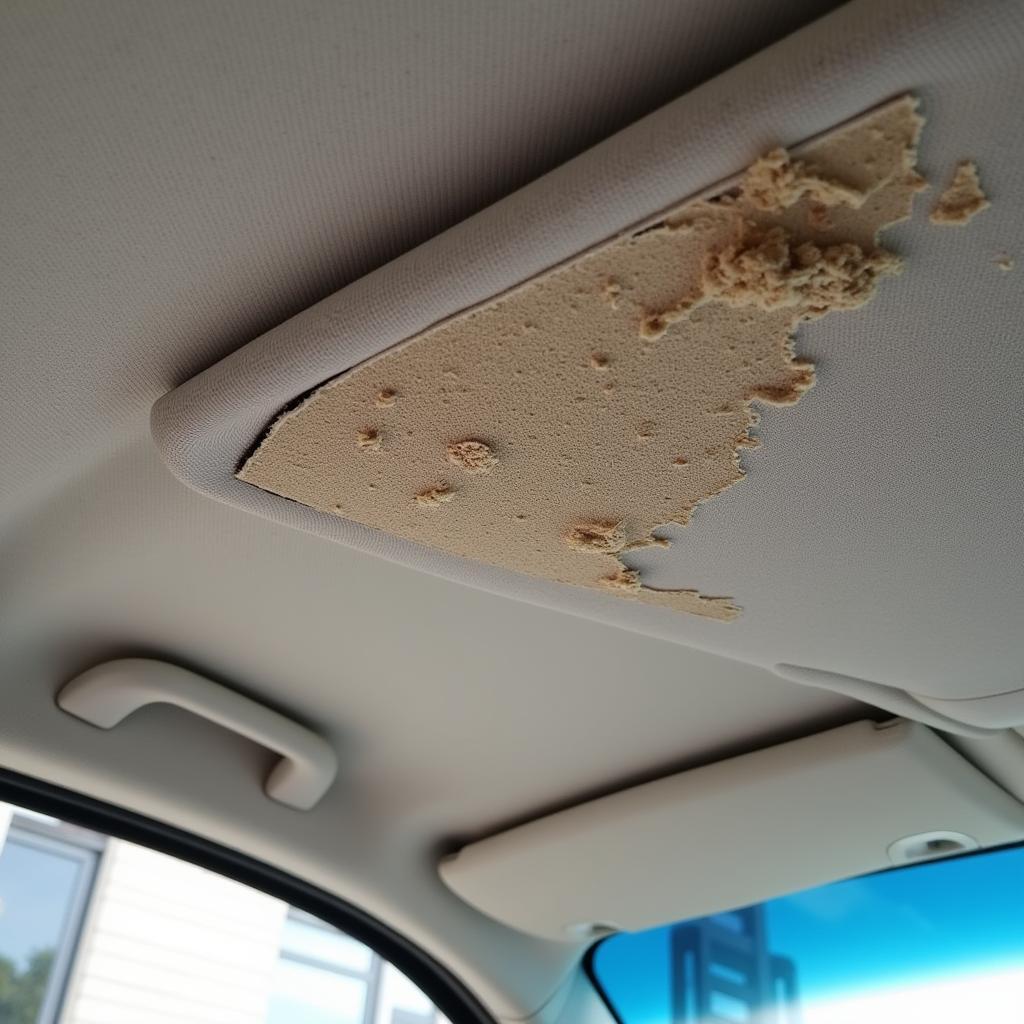Owning an all-wheel drive (AWD) car comes with its own unique set of advantages, such as enhanced traction and handling in various weather conditions. However, maintaining an AWD system requires additional attention and care compared to traditional two-wheel drive vehicles. This comprehensive guide will provide valuable insights into essential Awd Car Maintenance practices, covering everything from routine checks to more complex repairs. Whether you’re a car owner, a mechanic, or simply curious about AWD vehicle care, this article has something for you.
Understanding the AWD System: A Foundation for Maintenance
The AWD system is designed to distribute power to all four wheels, offering improved stability and control, particularly on slippery surfaces. The core components of an AWD system include a transfer case, differentials, and drive shafts. These parts work together to deliver power to the wheels as needed, ensuring optimal traction and performance. To effectively maintain an AWD system, it’s crucial to understand its basic functions and identify potential issues.
Routine Maintenance for AWD Cars
Regular Inspections: The First Line of Defense
Just like any car, regular inspections are essential for keeping your AWD vehicle running smoothly. These inspections should include:
- Fluid Levels: Check the levels of transmission fluid, transfer case fluid, and differential fluid regularly. Ensure they are within the recommended ranges.
- Visual Inspections: Look for any signs of leaks, wear, or damage to the drive shafts, axles, and CV joints.
- Tire Pressure: Maintain proper tire pressure as recommended by the vehicle manufacturer. Uneven tire pressure can affect the AWD system’s performance and potentially lead to premature wear.
- Brakes: Ensure all brake components, including calipers, rotors, and pads, are in good condition and functioning properly.
Maintaining Proper Fluids: Lubricating the System
Regularly replacing fluids in the AWD system is crucial for preventing wear and tear.
- Transmission Fluid: Transmission fluid lubricates and cools the transmission gears and bearings. It’s recommended to change the transmission fluid at recommended intervals, typically every 30,000 to 60,000 miles.
- Transfer Case Fluid: The transfer case fluid lubricates the transfer case gears and bearings. It’s recommended to change the transfer case fluid at recommended intervals, typically every 30,000 to 60,000 miles.
- Differential Fluid: Differential fluid lubricates and cools the differential gears and bearings. It’s recommended to change the differential fluid at recommended intervals, typically every 30,000 to 60,000 miles.
Addressing Common AWD Car Issues
The Importance of Timely Repairs: Preventing Bigger Problems
While routine maintenance is crucial, it’s important to address any signs of trouble promptly. Ignoring small issues can lead to more serious damage and costly repairs.
Common AWD System Problems and Solutions:
- Driveline Vibrations: Vibrations in the driveline can be caused by a variety of factors, including worn-out CV joints, misaligned axles, or loose components. A thorough inspection and repair are essential.
- Limited Slip Differential (LSD) Issues: LSDs are designed to improve traction and handling. If you notice unusual noises or a loss of traction in the rear wheels, the LSD may require repair or replacement.
- Transfer Case Malfunction: A faulty transfer case can result in power loss, noise, or shifting problems. Inspecting and repairing the transfer case is crucial to restore proper AWD functionality.
Tips for AWD Car Maintenance
Maximizing Efficiency and Longevity:
- Avoid Harsh Driving: Aggressive acceleration and braking can put extra stress on the AWD system. Drive smoothly and avoid harsh maneuvers to preserve the system’s longevity.
- Regular Cleaning: Keep the underside of your car clean to prevent dirt and debris from accumulating and affecting the AWD components.
- Check for Leaks: Regularly inspect the driveline and other components for leaks, which can indicate fluid loss or other issues.
Expert Insights: Real-World Perspectives
“As a seasoned automotive technician with over 20 years of experience, I’ve seen countless AWD cars come through my shop. Neglecting regular maintenance is the biggest mistake car owners make. It’s crucial to be proactive about addressing issues before they become major headaches.” – John Smith, Certified Automotive Technician
FAQ: Addressing Common Questions
What are the signs of a failing AWD system?
Signs of a failing AWD system include unusual noises, vibrations, power loss, shifting problems, and a loss of traction.
How often should I change the transfer case fluid?
The recommended interval for changing transfer case fluid varies depending on the vehicle make and model. Consult your owner’s manual or a qualified mechanic for specific recommendations.
Can I use regular oil in my AWD system?
No, you should never use regular oil in your AWD system. Using the wrong fluid can damage the components and lead to costly repairs.
How much does it cost to maintain an AWD car?
The cost of maintaining an AWD car can vary depending on the vehicle make and model, the type of repairs needed, and the location. It’s a good idea to get regular maintenance from a trusted mechanic to help ensure your car is running at its best.
Conclusion
Maintaining an AWD car requires a few extra steps compared to traditional two-wheel drive vehicles. By adhering to regular inspection and maintenance routines, you can ensure your AWD system operates reliably, maximizing its performance and longevity. Remember, early detection and timely repairs are key to preventing costly problems and keeping your AWD car in top shape.
Contact AutoTipPro today at +1 (641) 206-8880 or visit our office at 500 N St Mary’s St, San Antonio, TX 78205, United States for expert advice and assistance with all your AWD car maintenance needs.






Leave a Reply